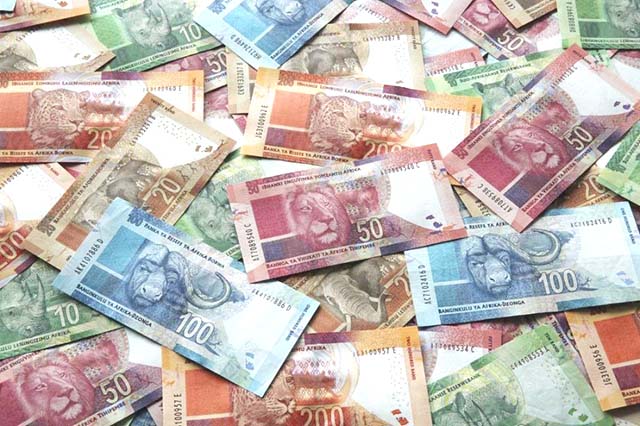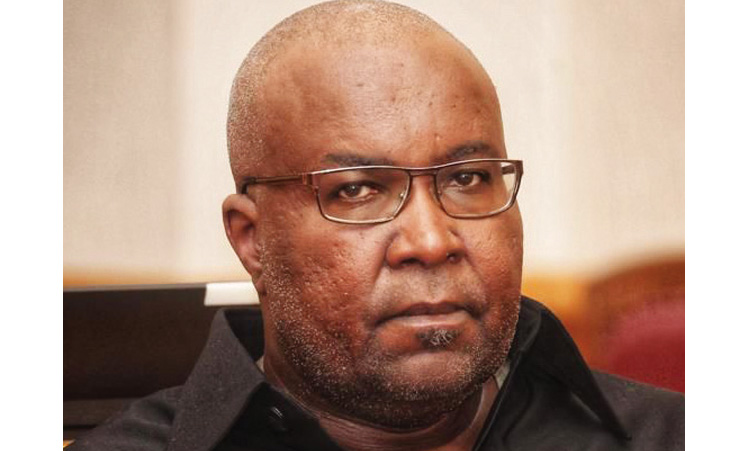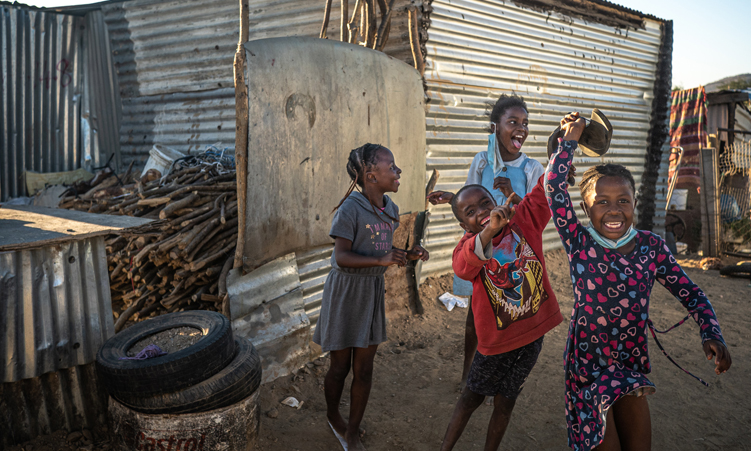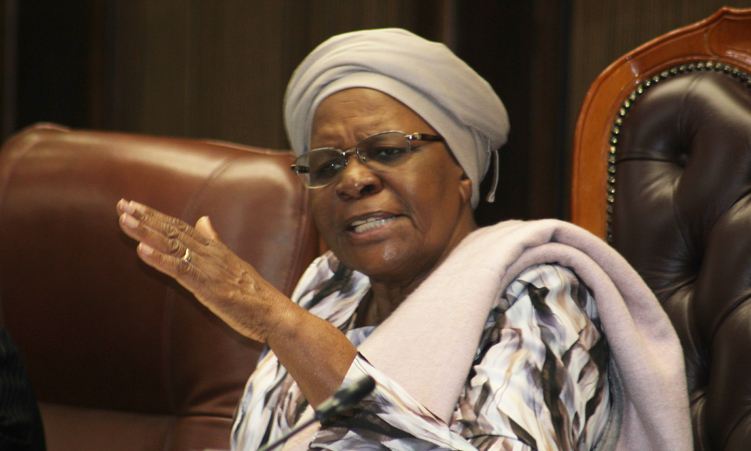ANALYSTS have said the rand, to which the Namibia dollar is pegged on a 1:1 basis, remains the most volatile currency in the world, despite strengthening by a little over 7% during January 2019.
Reiterating that stance in an emailed response to , Shelly Arnold, PSG Namibia’s research analyst, stated that the South African rand (ZAR) is the most volatile currency on world markets, and a lot of its valuation depends on emerging market sentiment, and not SA-specific factors, “which means a ‘perfect’ scenario is not really attainable.”
PSG’s view is that there are still a lot of risks in the rand, and this relates to structural problems in the South African economy, which prevents foreign direct investment. Arnold added that at this stage, Eskom’s future is not priced in, which means any negative news on that front could weaken the rand, or positive news could cause it to strengthen more. However, the currency is also at the mercy of United States (US) and China trade talks.
“A stronger rand generally means that our imports which are priced in another currency become cheaper in rand terms, and our exports become more expensive to those who purchase goods and services from South Africa and Namibia. This could have the effect of lower inflation, which makes interest rate increases in Namibia more unlikely”, she said.
Bank Windhoek’s foreign exchange dealer Francois Steynberg noted that the strengthening of the rand was generally due to the risk of sentiment by global investors (increase in risk appetite to invest in emerging markets), in addition to the dovish tone by the US federal reserve (for a low interest rate environment for longer).
“In the next couple of weeks, we might see the ZAR test the N$13 level, possibly N$12,70. But in general, this is the optimistic scenario, given the global economic slowdown. However, because of the general interest hiking cycle and the geo-economic situation of southern Africa, we might rather see a weaker ZAR. Thus, longer term, we might see the ZAR weaken, testing the R15,70 level we saw in September 2018,” Steynberg added.
Research associate at the Economic Association of Namibia Klaus Schade said the ZAR is recovering some ground lost during 2018. However, the current global climate is characterised by quite a number of uncertainties (trade wars, geopolitical factors, Brexit) which can lead to fluctuations in the exchange rates.
“Unchanged fuel prices for February are one of the results of the strengthening of the Namibia dollar. In contrast, revenue for exports charged in US dollars and so forth will decline since exporters received only N$13,30 per US dollar on average in January, compared to N$13,87 per US dollar in December,” Schade said.
Local economist Mally Likukela also said the rand is one of the most volatile currencies amongst its peers, and “It reacts very quickly to local and international developments. 2019 is a politically active year for South Africa, and with the build-up to the elections, investors will be very cautious towards the rand, and this could place a dampening effect on the rand.”
He added that the continued volatility of the rand does not augur well for Namibia, and this should thus be an appropriate time to re-evaluate the rationale for maintaining the peg as the initial benefits of this peg seem to have thinned over time.
Likukela said finding a perfect scenario for the performance of the rand is something that preoccupied South Africa’s policymakers for a long time, and the cost-benefit analysis that was conducted at the time of signing the currency peg – if at all it was conducted – needs to be re-conducted and re-assessed as a lot of time has passed and conditions have changed, meaning the situation could also be different.
“The rand strengthened largely because of the negative sentiment around Donald Trump’s foreign policies that were seen by many as retro-viral (particularly his stance on China), as well as his own views on domestic policies, particularly those of the Fed. These developments rendered the US dollar in noticeably weak spots at the beginning of the year. The rand merely reacted to this by retaining traction in the midst of a falling dollar,” he stated.
Yesterday, the rand (and the Namibia dollar) was trading at N$13,46 against the US dollar.
– charmaine@namibian.com.na
Stay informed with The Namibian – your source for credible journalism. Get in-depth reporting and opinions for
only N$85 a month. Invest in journalism, invest in democracy –
Subscribe Now!










